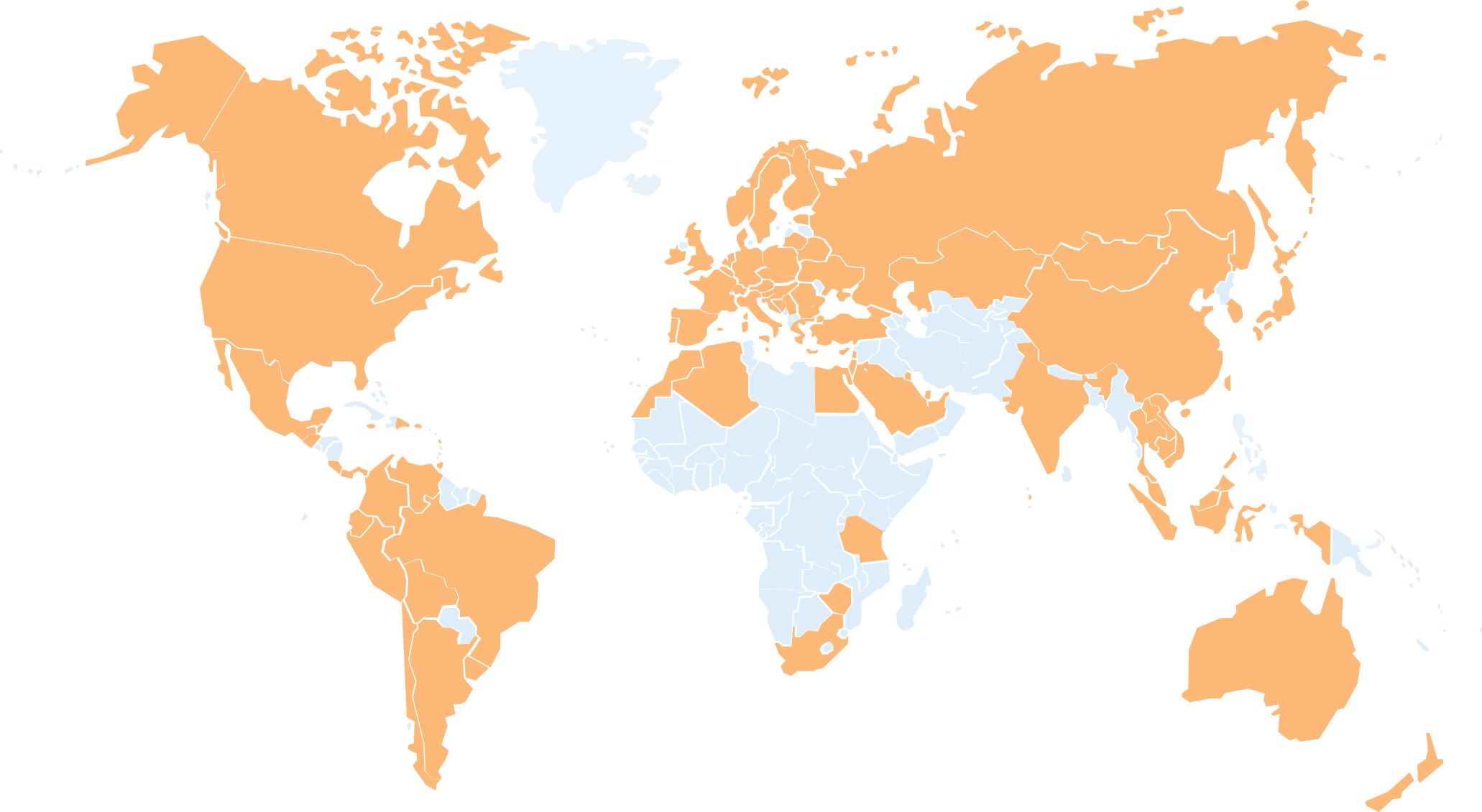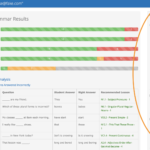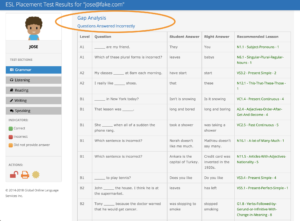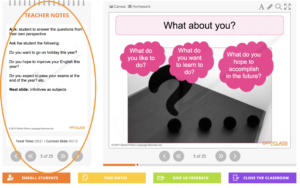5 min read
Share this post

Private schools in English-speaking countries are seeing increased international student enrolments.
Recently, the Australian Department of Education and Training reported a 13% increase in international student enrolments in November 2017 compared to November 2016.
Increased international enrolments at private schools are due to several key factors:
We now need to assess English language proficiency! When considering a new enrolment, we can no longer take native English proficiency as a given.
English language competency should be assessed when making an admissions decision. Once the student is admitted, the assessment results are used to enroll students in the correct course of study.
Of course, there are resource constraints. Private schools may not have a student body large enough to warrant a full-time ESL teacher. Assessing and managing ESL needs are often left to English Language Arts teachers. Such teachers may not have relevant ESL teaching experience.
The first step in international student enrolments is making an admissions decision. Private schools use a variety of different methods to assess English language proficiency. Most notably:
 process. For example, our speaking assessment requires students to record themselves answering a graded question from a personal point-of-view. If the school runs its own interview process, the interviewer can consult the recording ahead of time. This will reduce an interviewer’s need to assess English proficiency during the interview process.
process. For example, our speaking assessment requires students to record themselves answering a graded question from a personal point-of-view. If the school runs its own interview process, the interviewer can consult the recording ahead of time. This will reduce an interviewer’s need to assess English proficiency during the interview process.Our ESL Placement Test provides a starting point to address language needs.
A student’s results include a Gap Analysis outlining the language deficiencies identified. These gaps form the basis of the student’s Individual Learning Plan. The learning plan is a set of lessons that address a student’s language gaps.
The student’s learning plan allows schools to provide individual ESL attention. The goal here is to get the student up to their peer group stream as quickly as possible. By focusing on known deficiencies, you can provide this support as efficiently as possible.
 Each lesson in the learning plan contains extensive teacher notes. Teacher notes guide teachers through each lesson. This is especially useful for English Language Arts teachers who must provide ESL support to international students.
Each lesson in the learning plan contains extensive teacher notes. Teacher notes guide teachers through each lesson. This is especially useful for English Language Arts teachers who must provide ESL support to international students.
Teachers have a choice of working through lessons with their students or providing the lessons as a self-study tool.
The placement test results form an excellent tool for communicating with other teachers about a student’s abilities. The can-do statements help set reasonable expectations on a student’s abilities.
Finally, a teacher can reassign the placement test. Since it draws from a large database of questions, schools can assign it multiple times to the same students. Multiple assessments inform further decisions. For example, a student may no longer require additional ESL support or may benefit from a new Individual Learning Plan.
If you’d like to learn about how Private K12 Schools are benefiting from our placement test, please consult this customer story, about Canada’s largest private School, Blyth Academy. Also, let us know how it benefits you in the comments below.
Share this post



2 Comments
I tried to register for the webinar and it said it’s no longer available. When will it be offered again?
Stay tuned for more Live Webinars in our Facebook Group: https://www.facebook.com/groups/off2class/